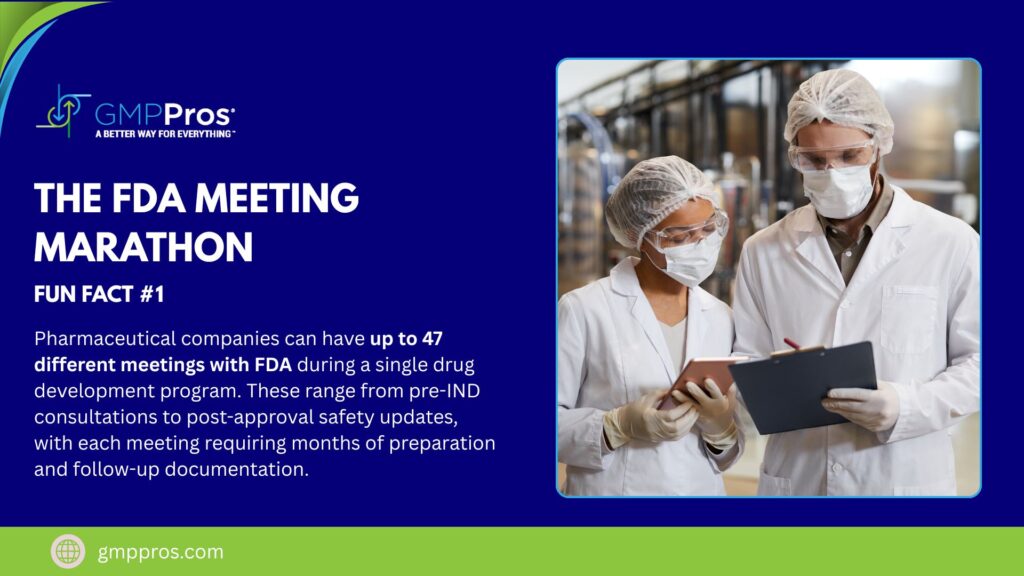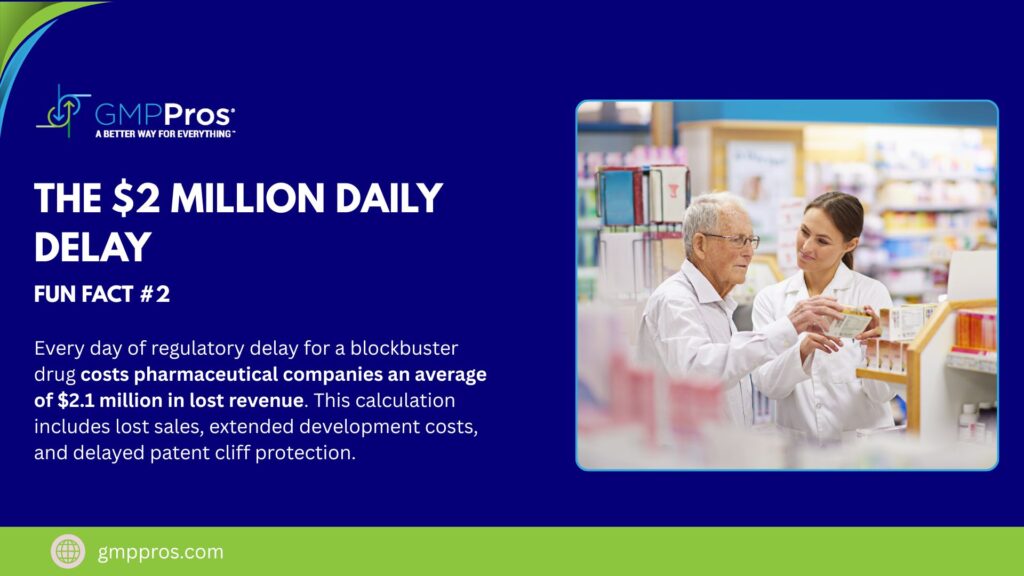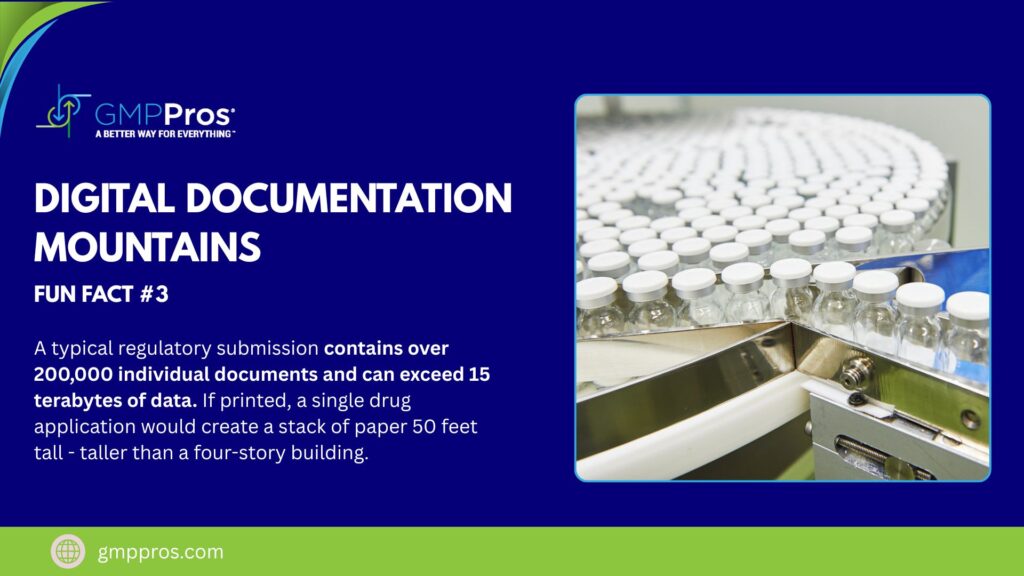In 2023, some industry analysis revealed that 72% of pharmaceutical companies lack a regulatory strategy for drug development, which has led to an average of 2.3 years in additional development time and $400 million in unnecessary costs.
Having the right regulatory strategy for drug development can make the difference between market success and costly delays. Companies that plan their regulatory approach early see 40% faster approval timelines than those who figure it out as they go.
In this guide, we will cover everything you need to know about building effective regulatory strategies, from initial compound selection through global market access and post-approval requirements.
Why Regulatory Strategy for Drug Development Is Important?
Your regulatory strategy controls how fast your drug gets approved and how much it costs. Bad planning means delays, rejected applications, and lost money.
Smart pharmaceutical companies start regulatory planning before they even select their development candidate. Early strategy work identifies the fastest path to approval while avoiding regulatory pitfalls that kill programs.
The regulatory landscape changes constantly with new guidance documents, policy updates, and international harmonization efforts. Your strategy must adapt to these changes while maintaining program momentum.
- Financial Impact of Poor Strategy
Companies with weak regulatory strategies spend 30-50% more on development programs. Delays cost money through extended clinical trials, manufacturing campaigns, and overhead expenses.
Failed regulatory submissions often require complete program restarts. The FDA rejects about 25% of first-time applications due to strategic mistakes that could have been prevented.
Market timing becomes critical when competitors are developing similar products. A six-month delay can cost hundreds of millions in lost revenue for breakthrough therapies.

Competitive Advantage Through Planning
Smart regulatory strategies give companies big advantages. You can get faster FDA reviews, priority status, and longer market protection.
Good regulatory advice helps design clinical trials that work for multiple agencies at once. This cuts down on time and costs.
Consulting with FDA early builds relationships that help throughout your entire program.
Core Elements of Effective Regulatory Strategy
Successful regulatory strategies address three key areas: pathway selection, timing optimization, and risk management. Each element requires careful planning and regular updates as programs evolve.
| Strategy Element | Key Decisions | Timeline Impact |
| Pathway Selection | 505b1 vs 505b2 vs other routes | 2-5 years difference |
| Agency Engagement | When and how to interact with FDA | 6-18 months savings |
| Global Coordination | Which markets to pursue when | 1-3 years coordination |
- Regulatory Pathway Selection
Picking the right regulatory pathway affects your clinical trials, manufacturing, and business strategy. Each route has different data needs, timelines, and costs.
The 505b2 application pathway can save 2-4 years compared to 505b1 drug development if your product fits. Learning these differences early stops expensive changes later.
Breakthrough therapy and fast track status give you big advantages but need early planning. These programs mean more FDA meetings and faster reviews.
- Timing and Sequencing Strategy
When you do things affects trial design, manufacturing scale-up, and launch planning. Bad timing creates delays that slow down everything.
Pre-IND meetings should happen 6-12 months before filing to catch problems early. End-of-Phase II meetings make sure your Phase III trials match what FDA wants.
Rolling submissions let the FDA start reviewing while you finish final studies. This can cut 3-6 months off review times when planned right.
Building Your Regulatory Strategy Framework
A 2024 regulatory consulting study found that companies using structured regulatory strategy frameworks complete development programs 18 months faster than those using ad-hoc approaches.
Your framework should address target indications, patient populations, competitive landscape, and commercial objectives. These factors determine which regulatory pathways make the most sense for your program.
International strategy becomes important for global products. Different regions have varying data requirements and approval timelines that affect overall development planning.

Target Product Profile Development
Your target product profile drives every regulatory choice from early development through launch. This document spells out what you want and how to get there.
Clinical endpoints need to match what FDA expects and what makes commercial sense. Surrogate endpoints speed up development but might hurt your label claims and market access.
Safety and efficacy rules change based on the disease and patient group. Rare diseases often get different treatment from the FDA than common conditions.
| TPP Element | Regulatory Impact | Commercial Impact |
| Primary Endpoint | Determines trial design | Affects labeling claims |
| Patient Population | Influences recruitment | Defines market size |
| Safety Profile | Sets risk tolerance | Impact adoption rates |
Competitive Intelligence Integration
Understanding competitive programs helps optimize your regulatory strategy, timing, and positioning. Similar products in development may affect FDA requirements and review priorities.
Patent landscapes influence regulatory pathway selection and timing decisions. Market exclusivity considerations affect whether to pursue faster approval routes or more comprehensive data packages.
Competitive product labels provide insights into FDA expectations for your therapeutic area. Learning from others’ successes and failures improves your strategic planning.
Global Regulatory Considerations
Modern drug development requires global regulatory strategies that coordinate multiple health authority interactions. Each region has different requirements that must be planned together.
European Medicines Agency (EMA) requirements often differ significantly from FDA expectations. Scientific advice procedures help align development programs with both agencies early.
Many companies implement mes implementation during global development to ensure consistent data management across regions. Digital systems help coordinate submissions and maintain compliance.
Regional Timing Strategies
FDA and EMA review timelines differ significantly. Strategic submission timing can optimize global approval sequencing and reduce overall time to market.
ICH guidelines provide harmonization frameworks but don’t eliminate all regional differences. Local requirements still affect clinical trial design and manufacturing specifications.
Reference listing strategies affect biosimilar and generic competition timelines. Smart planning can extend market exclusivity through strategic regulatory submissions.
- Manufacturing Strategy Alignment
Global manufacturing strategies must align with regulatory requirements in all target markets. Different regions have varying inspection requirements and quality standards.
Technology transfer planning becomes critical when using multiple manufacturing sites. Regulatory agencies expect equivalent products from all approved facilities.
Companies often need mes implementation steps that coordinate manufacturing data across global sites. Digital systems ensure consistent quality and regulatory compliance.
Digital Systems and Regulatory Strategy
Modern regulatory strategy relies heavily on digital systems for data management, submission planning, and post-approval compliance. Most companies need a comprehensive mes implementation project plan to support these requirements.
Electronic submissions are becoming mandatory in most regions. Document management systems must handle thousands of files while maintaining regulatory compliance and version control.
Advanced companies use sap mes implementation to integrate regulatory data with business systems. This integration improves decision-making and reduces compliance costs.
Data Management Strategy
Regulatory data management affects every aspect of drug development from preclinical studies through post-approval surveillance. Poor data systems create compliance risks and delay submissions.
Electronic common technical documents (eCTD) require specific formatting and submission standards. Companies need proper systems and training to avoid rejection due to technical issues.
Data integrity requirements apply to all regulatory submissions. Audit trails must capture every data change and user interaction throughout the development process.
| System Type | Regulatory Function | Compliance Benefit |
| Document Management | Submission preparation | Version control, audit trails |
| Clinical Data | Trial reporting | Data integrity, ALCOA compliance |
| Manufacturing | Batch records | cGMP compliance, inspections |
- Implementing Sap Manufacturing Execution
Many pharmaceutical companies choose implementing sap manufacturing execution systems to support regulatory requirements. These systems provide comprehensive data management and reporting capabilities.
Manufacturing execution systems become essential for commercial operations. Regulatory agencies expect real-time batch data and deviation management through validated systems.
Integration between manufacturing and regulatory systems reduces compliance workload and improves data accuracy. Automated reporting prevents human errors that create regulatory issues.
Risk Management and Contingency Planning
Regulatory strategies must include comprehensive risk assessment and contingency planning. Development programs face numerous potential setbacks that require backup plans.
Clinical trial failures represent the biggest risk to most programs. Adaptive trial designs can help salvage programs when primary endpoints fail or safety issues emerge.
Manufacturing problems often derail regulatory timelines. Quality issues discovered during FDA inspections can delay approvals by 6-12 months or more.

Common Regulatory Risks
FDA feedback can alter program requirements at any stage of development. Regular agency interactions help identify potential issues before they become major problems.
Competitive intelligence may reveal similar programs with safety or efficacy issues. These developments can affect regulatory expectations for your therapeutic class.
Regulatory guidance changes can impact ongoing programs. Staying current with policy updates helps adapt strategies before they affect critical path activities.
Mitigation Strategies
Multiple regulatory pathways provide backup options when primary strategies face obstacles. Parallel planning for different scenarios reduces response time when changes become necessary.
Early FDA interactions help identify potential roadblocks before they impact timelines. Scientific advice and guidance meetings provide valuable feedback on development strategies.
Cross-functional teams ensure regulatory strategy aligns with clinical, manufacturing, and commercial objectives. Regular reviews identify conflicts before they create problems.
Post-Approval Regulatory Strategy
A recent pharmaceutical industry survey revealed that 68% of companies underestimate their post-approval regulatory workload, which can lead to compliance issues and warning letters within two years of launch.
Post-approval commitments often include additional studies, labeling updates, and risk evaluation programs. These requirements affect commercial strategies and resource planning.
Lifecycle management strategies help maximize product value through label expansions, new indications, and formulation improvements. Each approach requires specific regulatory planning.
Ongoing Compliance Requirements
Annual reporting requirements vary by product type and therapeutic area. Companies must track safety data, manufacturing changes, and quality metrics continuously.
Post-market surveillance systems must detect safety signals and quality issues quickly. Regulatory agencies expect proactive monitoring and timely reporting of adverse events.
Manufacturing change control becomes critical after approval. Even minor process improvements require regulatory evaluation and potential submission updates.
Commercial Strategy Integration
Regulatory strategy affects pricing, market access, and competitive positioning throughout the product lifecycle. Label expansions can open new market opportunities or defend against competition.
Patent strategy coordination ensures regulatory exclusivity aligns with intellectual property protection. Strategic timing can extend overall market protection beyond basic patent terms.
Real-world evidence strategies are becoming important for maintaining market access. Health authorities increasingly expect post-approval data demonstrating clinical value.
Regulatory Consulting and Expert Support
Building internal regulatory expertise takes years and significant investment. Many companies rely on specialized consulting support for strategic planning and execution.
Regulatory consultants provide deep knowledge of agency expectations and industry best practices. This expertise helps avoid common mistakes that delay programs and increase costs.
Expert support becomes especially valuable for first-time developers and companies entering new therapeutic areas. Learning curves can be expensive when mistakes affect critical path activities.
When to Seek External Support
Complex regulatory strategies benefit from expert guidance during planning and execution phases. Specialized knowledge helps optimize pathway selection and timing decisions.
International programs require understanding of multiple regulatory systems. Local expertise in key markets prevents costly mistakes and delays.
Crisis management situations need immediate expert support. Regulatory consultants help respond to FDA letters, inspection findings, and unexpected safety issues.
Cost-Effective Strategy Implementation
Regulatory strategy costs typically represent 5-10% of total development budgets but affect 100% of program timelines and success rates. Smart investment in planning saves money throughout development.
Early strategy development prevents expensive course corrections later in development. Pathway changes after Phase II studies can add years and hundreds of millions to program costs.
Digital system investments support regulatory strategy execution while reducing ongoing compliance costs. Modern companies report 25-35% lower regulatory workload with proper systems.
- Resource Allocation Planning
Internal regulatory teams need specialized training and experience to execute complex strategies effectively. Building this capability requires significant time and investment.
External consulting provides flexibility and specialized expertise without long-term employment commitments. Many companies use hybrid approaches combining internal and external resources.
Technology investments in regulatory systems pay for themselves through improved efficiency and compliance. Automated processes reduce human errors and speed up submissions.
Measuring Regulatory Strategy Success
Successful regulatory strategies deliver faster approvals, lower development costs, and stronger competitive positions. Key metrics help track performance and identify improvement opportunities.
Timeline adherence measures how well actual development follows planned milestones. Significant deviations usually indicate strategy or execution problems that need attention.
Cost management tracks regulatory spending against budgets and industry benchmarks. Excessive costs often indicate inefficient processes or poor strategic planning.
- Performance Indicators
Approval success rates indicate strategy effectiveness across multiple programs. Companies with strong regulatory strategies achieve 80%+ approval rates for well-designed programs.
Agency interaction quality affects review timelines and approval conditions. Positive FDA relationships lead to more productive meetings and faster problem resolution.
Market access timing measures how quickly products reach commercial success after approval. Regulatory strategy affects pricing, labeling, and competitive positioning.

What We Can Say As Conclusion|
Regulatory strategy for drug development requires careful planning, expert knowledge, and flexible execution. Companies that invest in proper strategic planning see faster approvals and lower development costs.
Digital systems and data management capabilities are becoming essential for effective regulatory strategy execution. Modern pharmaceutical companies need integrated systems that support global regulatory requirements.
GMP Pros specializes in helping pharmaceutical manufacturers develop and execute winning regulatory strategies. Our embedded consulting approach ensures your team has the expertise needed for successful regulatory outcomes.
Contact GMP Pros today to learn how our regulatory strategy experts can accelerate your development programs while reducing risks and costs.

